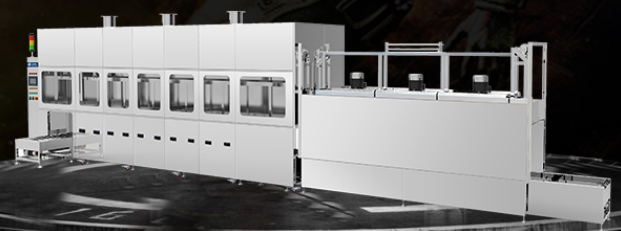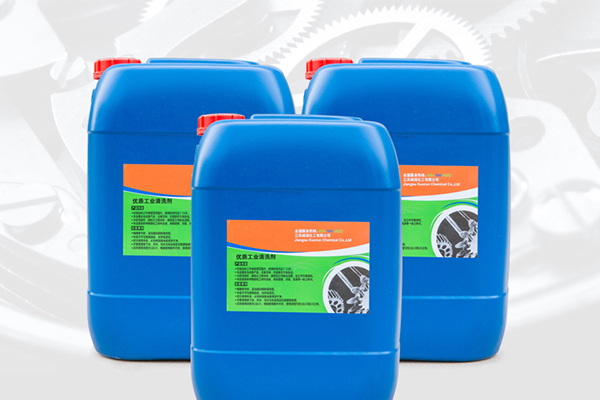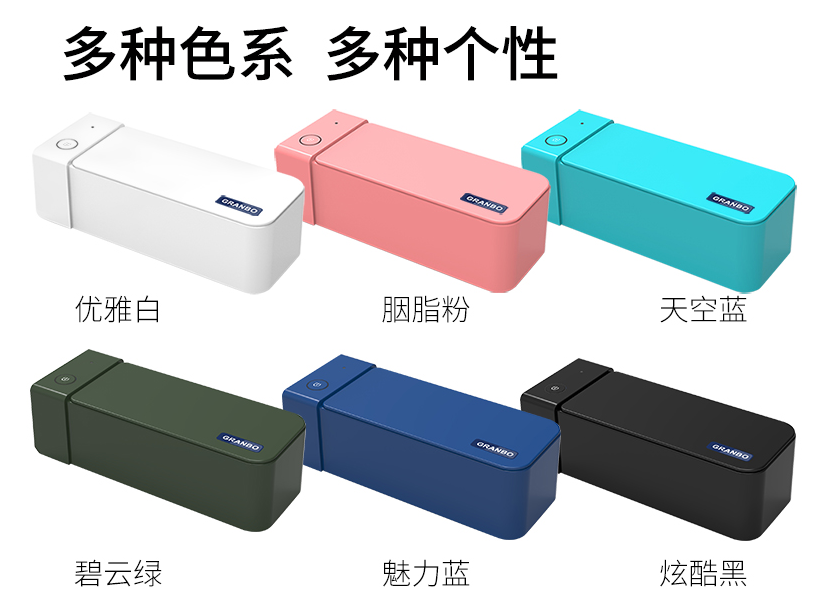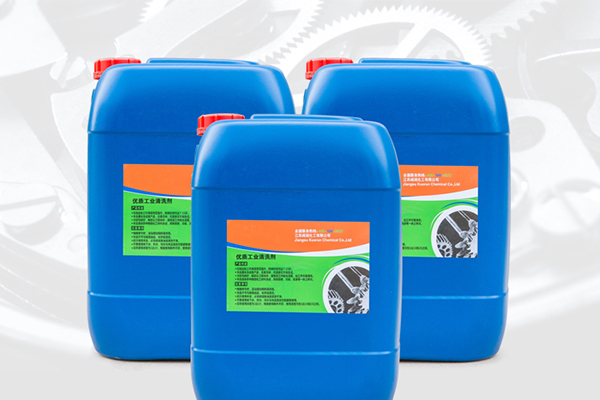Ultrasonic cleaning is a common method for removing contaminants from delicate and intricate components, such as electronic chips. However, some individuals have expressed concerns about the potential effects of ultrasonic cleaning on the functionality of these components.
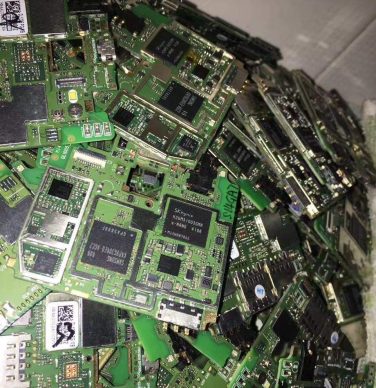
Electronic chips are comprised of various materials, including metals, polymers, and semiconductors, which can exhibit different responses to ultrasonic waves. The potential effects of ultrasonic cleaning on electronic chips will depend on a number of factors, such as the frequency and power of the ultrasonic waves, the duration of the cleaning cycle, and the type of solution used for cleaning.
Generally, ultrasonic cleaning is considered safe for electronic chips, as long as appropriate cleaning parameters are selected. For example, using a lower frequency and power setting, reducing the cleaning time, and avoiding the use of aggressive chemicals can help to minimize the risk of damage to the chip.
However, it is important to note that some electronic components may be more sensitive to ultrasonic waves than others, and it is always best to consult the manufacturer’s recommendations before subjecting electronic chips to ultrasonic cleaning. Additionally, it is recommended to test the cleaning process on a small sample of chips before applying the process to a large batch, in order to ensure that the cleaning process is safe and effective for the particular components being cleaned.
Overall, ultrasonic cleaning can be a safe and effective method for removing contaminants from electronic chips, as long as the cleaning parameters are carefully selected and the process is performed with care and caution.

